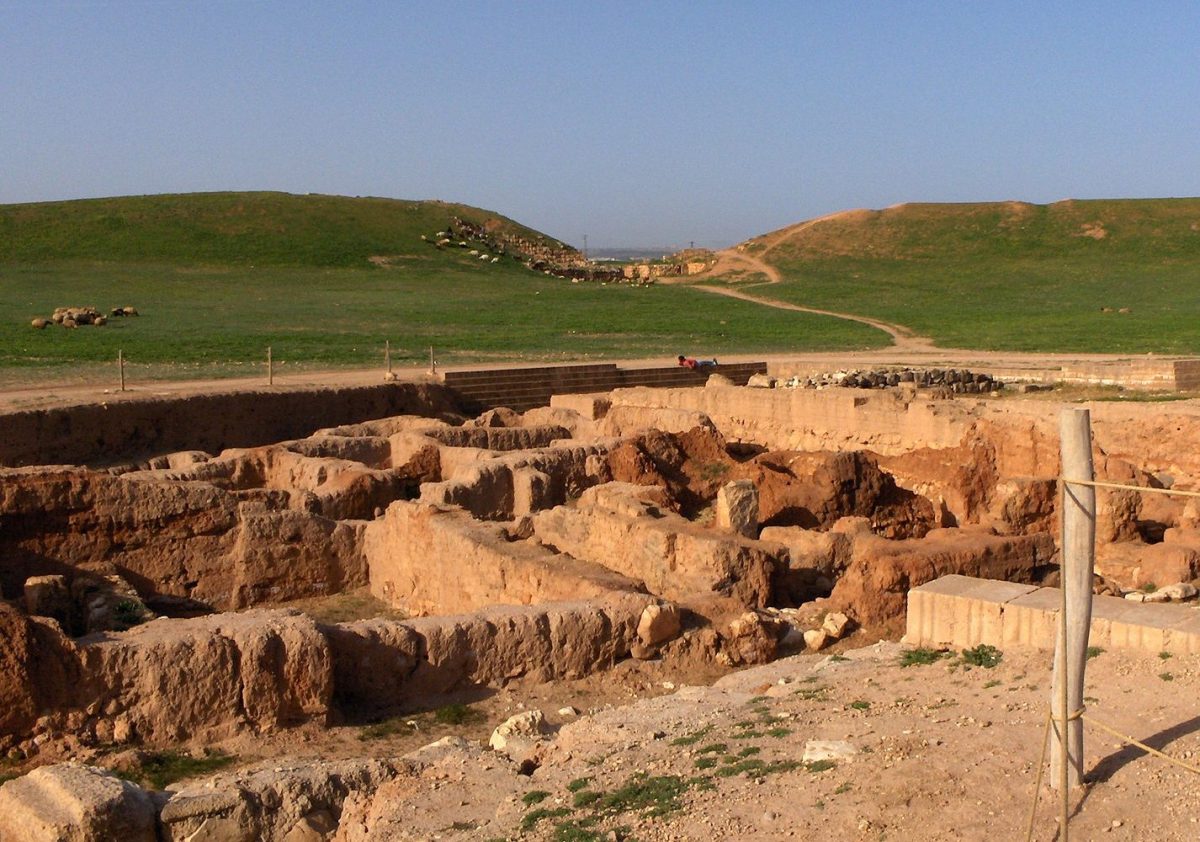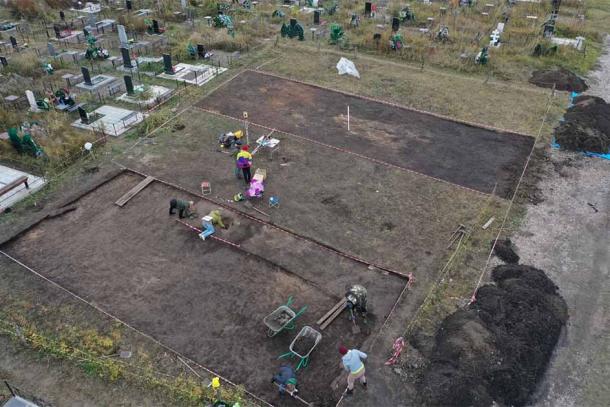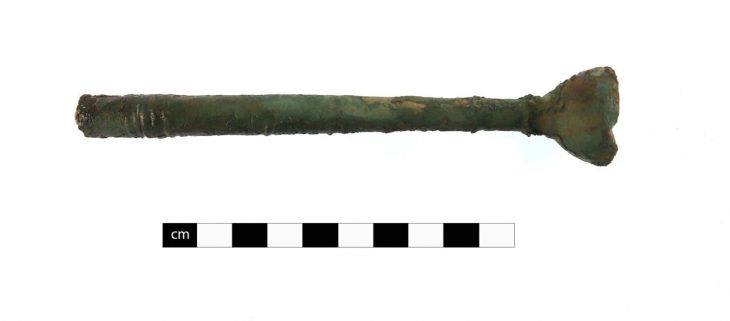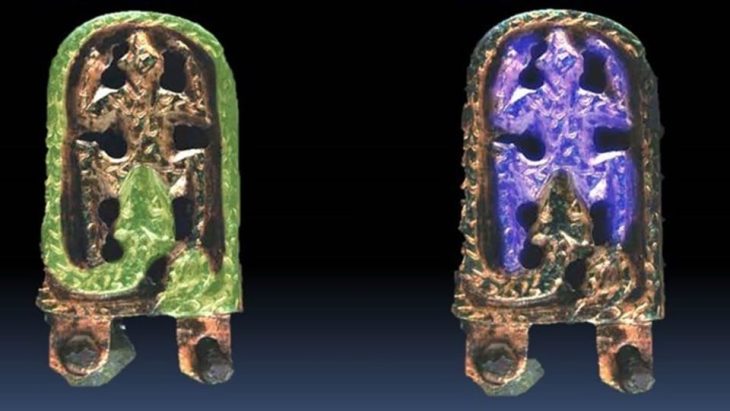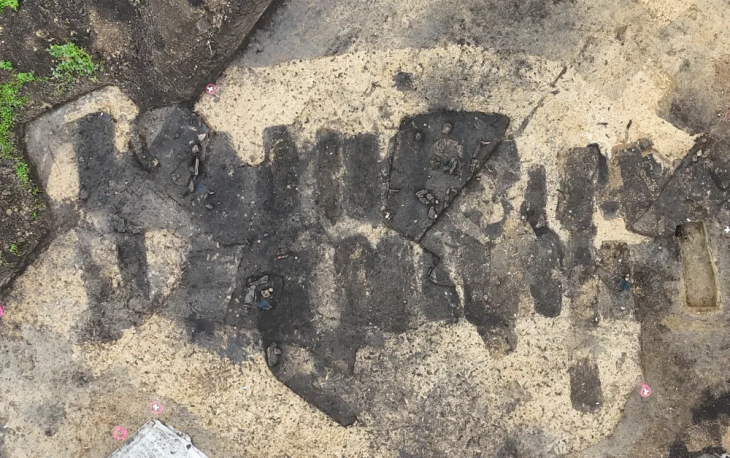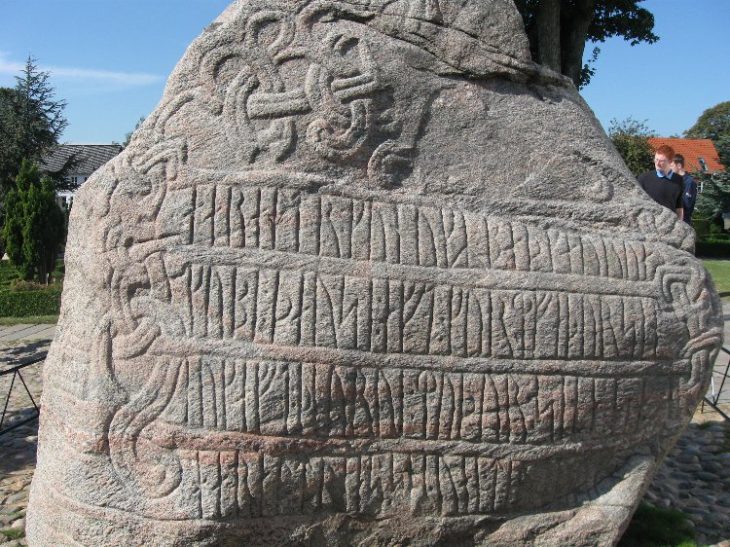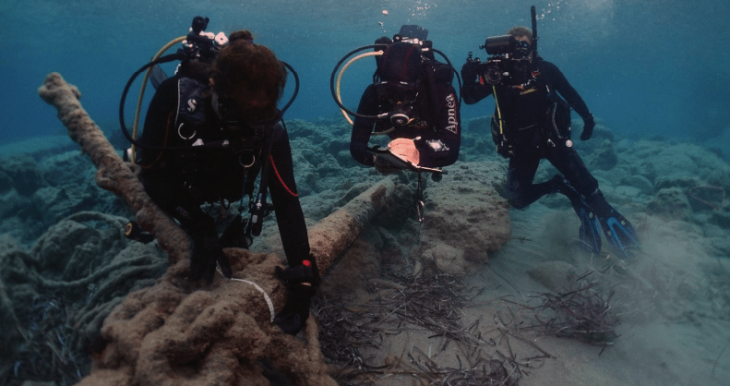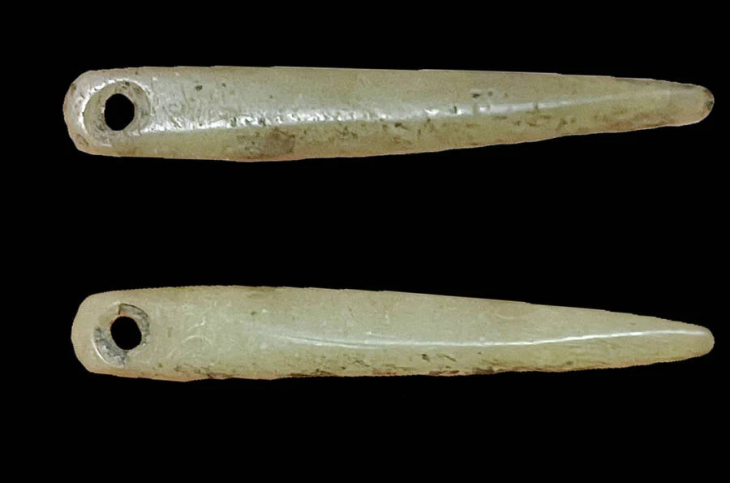Archaeologists from Tel Aviv University and the National Museum in Copenhagen have discovered the fingerprints of children aged 7 or 8 on 4,500-year-old pottery vessels found at an archaeological site in Syria.
Archaeologists analyzed 450 pottery vessels made in Tel Hama, a town at the edge of the Ebla Kingdom, one of the most important Syrian kingdoms in the Early Bronze Age, and they found that two-thirds of the pottery vessels were made by children – starting at the ages of seven and eight.
In addition to the use of children for the needs of the kingdom, they discovered evidence of the children’s independent creations outside the industrial framework, demonstrating the spark of childhood even in early urban societies.
The research results add valuable depth to our appreciation of what it meant to be a child in the past. When properly analyzed, these observations show that future research on archaeological fingerprints has the potential to deepen our understanding of childhood across a variety of locations and eras.
The research was led by Akiva Sanders from Tel Aviv University in cooperation with researchers from Copenhagen. The findings were published in the journal Childhood in the Past.
“Our research allows us a rare glimpse into the lives of children who lived in the area of the Ebla Kingdom, one of the oldest kingdoms in the world,” says Sanders. “We discovered that at its peak, roughly from 2400 to 2000 BCE, the cities associated with the kingdom began to rely on child labor for the industrial production of pottery. The children worked in workshops starting at the age of seven, and were specially trained to create cups as uniformly as possible – which were used in the kingdom in everyday life and at royal banquets.”
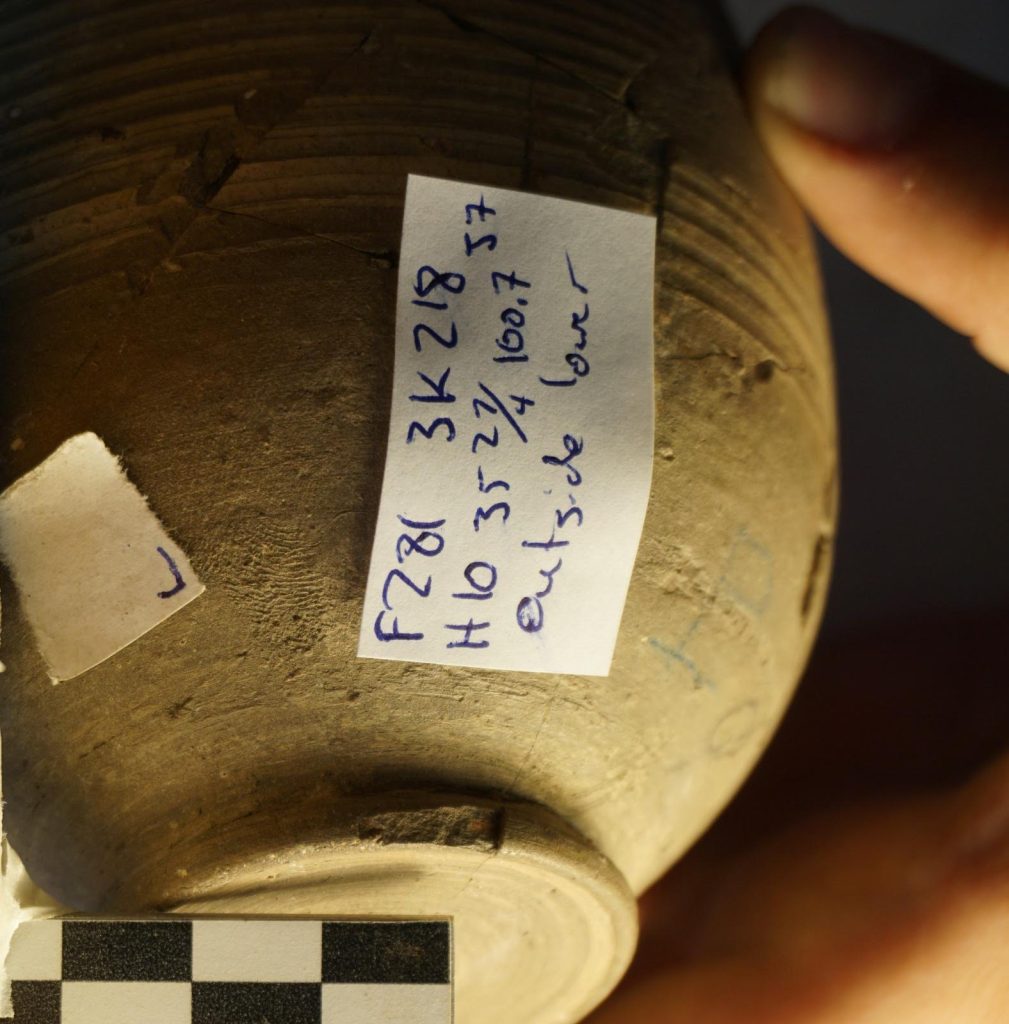
As is well known, a person’s fingerprints do not change throughout their life. For this reason, the size of the palm can be roughly deduced by measuring the density of the margins of the fingerprint – and from the size of the palm, the age and sex of the person can estimated.
Since its excavation in the 1930s, the pottery from Tel Hama, which is located on the southern edge of the Kingdom of Ebla, has been kept in Denmark’s National Museum. Based on the fingerprint analysis of the pottery, it seems that children made the majority of them. In Hama, two-thirds of the pottery was made by children, with the remaining third created by older men.
“At the beginning of the Early Bronze Age, some of the world’s first city-kingdoms arose in the Levant and Mesopotamia,” says Sanders. “We wanted to use the fingerprints on the pottery to understand how processes such as urbanization and the centralization of government functions affected the demographics of the ceramic industry. In the town of Hama, an ancient center for the production of ceramics, we initially see potters around the age of 12 and 13, with half the potters being under 18, and with boys and girls in equal proportions.
“This statistic changes with the formation of the Kingdom of Ebla when we see that potters were starting to produce more goblets for banquets. And since more and more alcohol-fueled feasts were held, the cups were frequently broken – and therefore more cups needed to be made.
“Not only did the Kingdom begin to rely more and more on child labor, but the children were trained to make the cups as similar to each other as possible. This is a phenomenon we also see in the industrial revolution in Europe and America: it is very easy to control children and teach them specific movements to create standardization in handicrafts.”
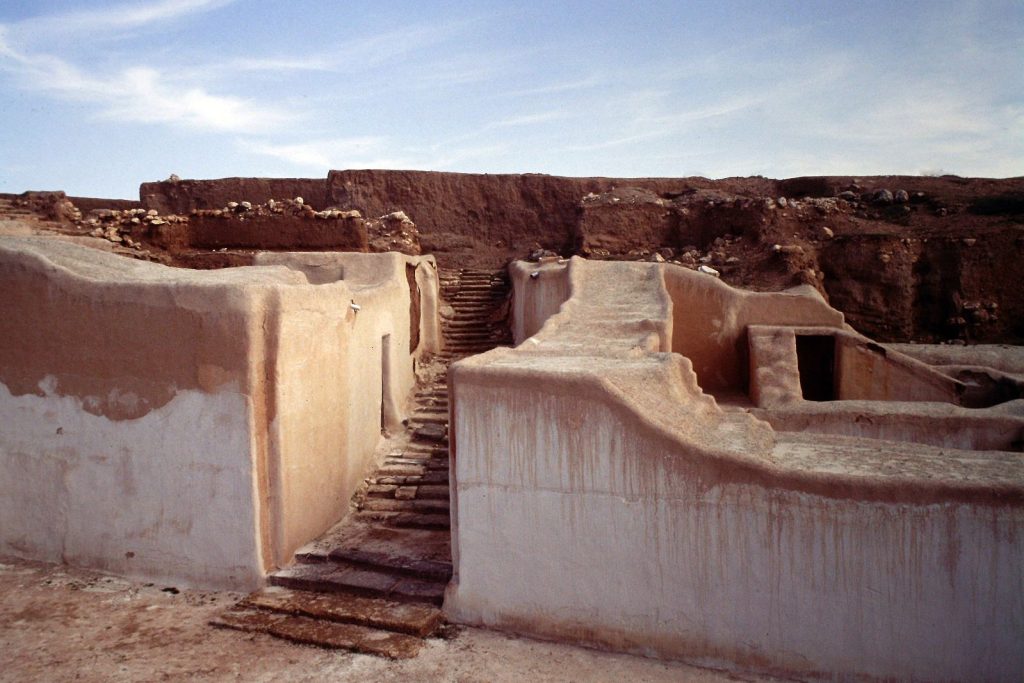
However, there was one bright spot in the children’s lives: making tiny figurines and miniature vessels for themselves. “These children taught each other to make miniature figurines and vessels, without the involvement of the adults,” says Dr. Sanders.
“It is safe to say that they were created by children – and probably including those skilled children from the cup-making workshops. It seems that in these figurines the children expressed their creativity and their imagination.”
The Independent Research Fund Denmark as part of the project ‘Ordinary Lives in Extraordinary Times: A New View of the Earliest Urban Societies in Bronze Age Syria’ supported the research carried out for this article.
Doi.org/10.1080/17585716.2024.2380137
Cover Image: Ruins of the southern district, with the door of Damascus in the background and the defensive belt in Ebla. Mappo

